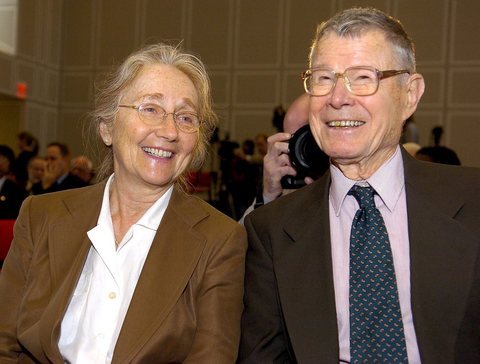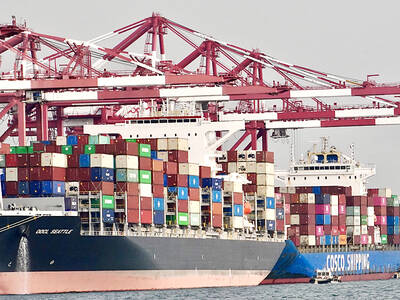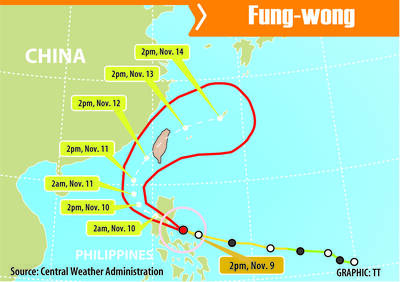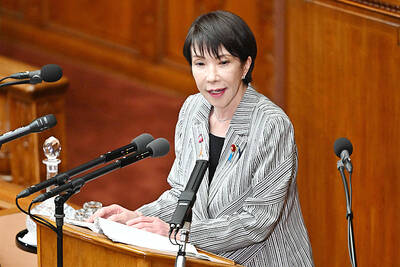Left to their own devices, hockey players invariably skate without helmets. Yet when they vote in secret ballots, they almost always favor a rule requiring the gear. If this rule is such a good idea, why don't players just wear helmets on their own?
Thomas Schelling posed this question in his book Micromotives and Macrobehavior, published in 1978. I had described Schelling, a professor emeritus at the University of Maryland, as the greatest living economist not to have received the Nobel Prize -- a description rendered obsolete when he won it this month, jointly with Robert Aumann of the Hebrew University of Jerusalem.
Although the Nobel committee cited Schelling's 1960 book, The Strategy of Conflict, history will judge Micromotives and Macrobehavior as the more important work. The earlier book was justly praised for framing the debate about nuclear deterrence in the Cold War, while many questions in the later book seemed almost pedestrian. Yet Schelling's answers transformed the way many economists think about the relationship between competition and social welfare.

PHOTO: EPA
Adam Smith's celebrated theory of the invisible hand is the idea that individual pursuit of self-interest promotes the greatest good for all. When reward depends primarily on absolute performance -- the standard presumption in economics -- individual choice does indeed turn out to be remarkably efficient.
But when reward depends primarily on relative performance, as in hockey, the invisible hand breaks down. In such situations, unrestricted choices by rational individuals often yield results that no one favors.
To explain why, Schelling observed that by skating without a helmet, a player increases his team's odds of winning, perhaps because he can see and hear a little better, or more effectively intimidate opponents. The down side is that he also increases his odds of injury. If he values the higher odds of winning more than he values the extra safety, he will discard his helmet.
Yet when others inevitably follow suit, the competitive balance is restored -- everyone faces more risk and no one benefits. Hence the attraction of helmet rules.
As in hockey, many of the most important outcomes in life depend on relative position. Because a "good" school is an inescapably relative concept, each family's quest to provide a better education for its children has much in common with the athlete's quest for advantage.
Families try to buy houses in the best school districts they can afford, yet when all families spend more, the result is merely to bid up the prices of those houses. Half of all children will still attend bottom-half schools.
Schelling's example suggests a radical new perspective on the various ways societies restrict individual choice. Consider the similarity between helmet rules and workplace safety regulations. Because riskier jobs pay higher wages, workers can gain advantage by accepting them.
Just as unrestricted hockey players may feel compelled to discard their helmets, workers who are free to sell their safety may realize that unless they seize the higher wages, they will consign their children to inferior schools. In each case, limiting our options can prevent a mutually disadvantageous race to the bottom.
The logic of Schelling's example also challenges the cherished theory of revealed preference, which holds that we learn more about what people value by watching what they do than by listening to what they say.
If someone chooses a risky job paying US$1,000 instead of a safer one paying US$900, the theory concludes that he must value the extra safety at less than US$100.
Maybe, but only in the sense that a bareheaded hockey player reveals that he values winning above safety. In both cases, we may learn more about what people value by examining the rules they support than by studying their individual choices.
A similar interpretation applies to the Fair Labor Standards Act, which requires employers to pay overtime premiums for all hours worked in excess of 40. Free-market economists often denounce this, noting that many workers would voluntarily work the longer hours that employers would have offered in the absence of premiums. Yet here, too, the incentives confronting workers are much like those confronting hockey players. Thus, as Schelling's fellow Nobel laureate, George Akerlof, has written, individuals can often increase the odds of promotion by working longer hours, but when others follow suit, everyone's promotion prospects remain roughly as before.
The result is often a rat race in which all must work until 8 o'clock each evening merely to avoid falling behind.
Schelling is no fan of heavy-handed bureaucratic interventions. Still, as his examples make clear, there can be no presumption that the self-serving choices of rational individuals produce the greatest good for all.
The invisible hand assumes that reward depends only on absolute performance. The fact is that life is graded on the curve.

The Central Weather Administration (CWA) yesterday said it expected to issue a sea warning for Typhoon Fung-Wong tomorrow, which it said would possibly make landfall near central Taiwan. As of 2am yesterday, Fung-Wong was about 1,760km southeast of Oluanpi (鵝鑾鼻), Taiwan’s southernmost point, moving west-northwest at 26kph. It is forecast to reach Luzon in the northern Philippines by tomorrow, the CWA said. After entering the South China Sea, Typhoon Fung-Wong is likely to turn northward toward Taiwan, CWA forecaster Chang Chun-yao (張峻堯) said, adding that it would likely make landfall near central Taiwan. The CWA expects to issue a land

Taiwan’s exports soared to an all-time high of US$61.8 billion last month, surging 49.7 percent from a year earlier, as the global frenzy for artificial intelligence (AI) applications and new consumer electronics powered shipments of high-tech goods, the Ministry of Finance said yesterday. It was the first time exports had exceeded the US$60 billion mark, fueled by the global boom in AI development that has significantly boosted Taiwanese companies across the international supply chain, Department of Statistics Director-General Beatrice Tsai (蔡美娜) told a media briefing. “There is a consensus among major AI players that the upcycle is still in its early stage,”

The Central Weather Administration (CWA) yesterday said it is expected to issue a sea warning for Typhoon Fung-wong this afternoon and a land warning tomorrow. As of 1pm, the storm was about 1,070km southeast of Oluanpi (鵝鑾鼻), Taiwan’s southernmost point, and was moving west-northwest at 28 to 32kph, according to CWA data. The storm had a radius of 250km, with maximum sustained winds of 173kph and gusts reaching 209kph, the CWA added. The storm is forecast to pass near Luzon in the Philippines before entering the South China Sea and potentially turning northward toward Taiwan, the CWA said. CWA forecaster Chang Chun-yao (張峻堯) said

Japanese Prime Minister Sanae Takaichi yesterday said that China using armed force against Taiwan could constitute a "survival-threatening situation" for Japan, allowing the country to mobilize the Japanese armed forces under its security laws. Takaichi made the remarks during a parliamentary session while responding to a question about whether a "Taiwan contingency" involving a Chinese naval blockade would qualify as a "survival-threatening situation" for Japan, according to a report by Japan’s Asahi Shimbun. "If warships are used and other armed actions are involved, I believe this could constitute a survival-threatening situation," Takaichi was quoted as saying in the report. Under Japan’s security legislation,